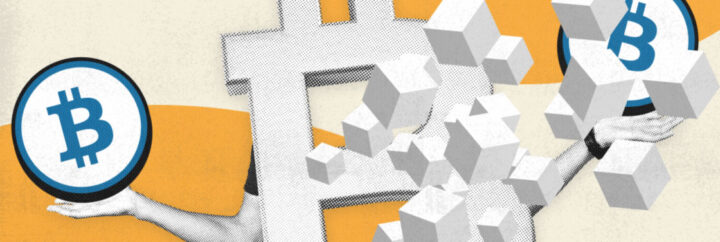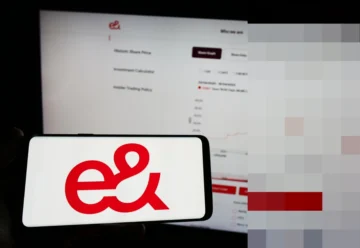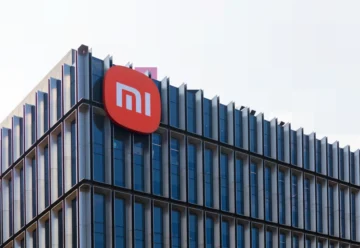Bitcoin Ordinals Activity Breaks Records Due To BRC-20 Tokens

At the beginning of April, more than 72 thousand new digital artifacts were entered into the Bitcoin network using the Ordinals protocol. This is a record of daily activity, the reason for which was the development of a new token standard — BRC-20.
According to Dune Analytics, on April 2, 2023, with the help of the NFT-protocol Ordinals, users entered 72,328 digital artifacts into the Bitcoin blockchain network during the day, which was a record. The maximum was 128% higher than the previous record, which was set on March 9 at 31,692 entries.
The total number of digital artifacts entered into the first cryptocurrency network is now just over 773.7 thousand. However, at the end of March, their number in the Bitcoin network did not exceed 645 thousand.
The main reason for the current growth in popularity of Bitcoin Ordinals is the implementation of a new token standard — BRC-20 (Bitcoin Request for Comment). An anonymous developer under the pseudonym Domo decided to experiment with Ordinals and proposed the BRC-20 token standard for the Bitcoin network, a partial analog of the ERC-20 standard in the Ethereum network, with much more limited functionality. It allows for “cryptocurrencies to be created” using the Ordinals protocol.
Thus, 85% (62,602) of the digital artifacts inscribed on April 2 are text. The host of The Ordinal Show podcast believes that at least 58,000 of them are BRC-20 tokens, that is, “cryptocurrency tokens” deployed on the Bitcoin network. According to him, the surge of interest in BRC-20 tokens on Ordinals is primarily because developers were able to create tools to interact with the new standard quickly. These new tools include Ord.io, UniSat Wallet, and BRC-20.io. According to BRC-20.io, more than 1,650 “cryptocurrencies” have already been created on the Bitcoin network using the new standard.
Thanks to the popularity of the Ordinals protocol, the use of the Bitcoin network for non-financial transactions increased. Also, the NFT protocol became the reason for the growth of transactional fees in the Bitcoin network and the earnings of BTC miners.











